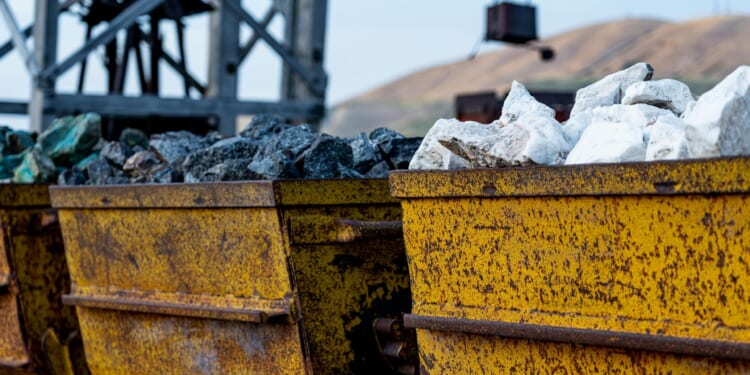While the economic benefits of mining are often the most visible — through job creation and revenue generation — the impact extends further, as a portion of that revenue funds Minnesota’s public education system.
When Minnesota became a state, the federal government granted land sections called school trust lands for the use of schools to generate funding for public education. Through the state’s Permanent School Fund (PSF), a constitutional trust fund, Minnesota’s natural resource development is a long-term investment in Minnesota K-12 students.
Here’s how it works: Revenue on school trust lands is generated from three major categories — mineral leasing and royalty payments, forest management activities, and real estate transactions. The total net revenue from these activities gets deposited into the PSF.
According to Minnesota’s Constitution, the “net interest and dividends arising from the (permanent school) fund shall be distributed to the different school districts of the state in a manner prescribed by law.” Funding from the PSF is based on student enrollment and the current size of the fund and is in addition to the general education aid the state provides to all school districts. Schools can use these distributions for educational supplies, designing and modeling school curricula, teacher salaries, extracurricular activities, establishing and maintaining quality facilities, and other areas, according to the Minnesota Office of School Trust Lands.
Mining and minerals management
The DNR’s Division of Land & Minerals oversees the management of school trust mineral resources, which includes negotiating and drafting mineral leases, conducting lease sales, monitoring and verifying mineral extraction on trust lands, evaluating mineral potential for land transactions, and collecting and accounting for the resulting revenues, according to the Minnesota Office of School Trust Lands.
“From 2013-2022, approximately 70% of annual gross revenue generated from school trust lands was from minerals management,” reports the Minnesota Office of School Trust Lands. “Of that 70%, approximately 90% was from royalty payments from one company’s mining operation. Minerals account for approximately 80% of historic school trust revenues deposited into the Permanent School Fund.”
On the 2.5 million acres of unified surface and mineral estate owned by the state, iron ore/taconite mining is accompanied by stockpiled iron ore extraction, nonferrous (non-iron) metallic minerals (copper-nickel, gold, platinum group metals), industrial minerals (dimension stone, silica sand, diamonds), construction aggregates (sand and gravel), and peat mining.
$58 million
During the 2024-25 school year, the Minnesota Department of Education distributed a record $58 million from the PSF to the state’s 329 public school districts and 181 charter schools. Based on historic figures, we can estimate roughly $40.6 million came from minerals management.
While the dollars distributed from the PSF for 2024-25 only make up about 0.4 percent of E-12 education’s biennial budget, and the financial impact of mining revenue varies based on the size of the school district, it is funding that schools can count on twice a year — the earnings are distributed in September and March. Statewide, payments average out to about $68 per student. The Anoka-Hennepin school district, the largest in the state, collected $2.6 million ($2,564,947.28) during FY 2025. The Minneapolis school district received $2 million ($1,960,415.89).
Minnesota Permanent School Fund, 10-year distributions (2016-2025)
Because revenue distribution also depends on the current size of the fund, there is potential for financial expansion of the dollars disbursed if additional mining projects are approved in Minnesota.
The state has a number of nonferrous projects that are stuck in limbo due to federal policies and permitting barriers, and approval of these operations would generate increased revenue through royalties, taxes, and associated economic activity, directly contributing to the fund’s growth. This could be used to help slow down the growth of the state’s general education spending, which has little to show in terms of improved academic progress.
To bring critical minerals projects and the funding they provide home to Minnesota, reach out to your legislators here.










